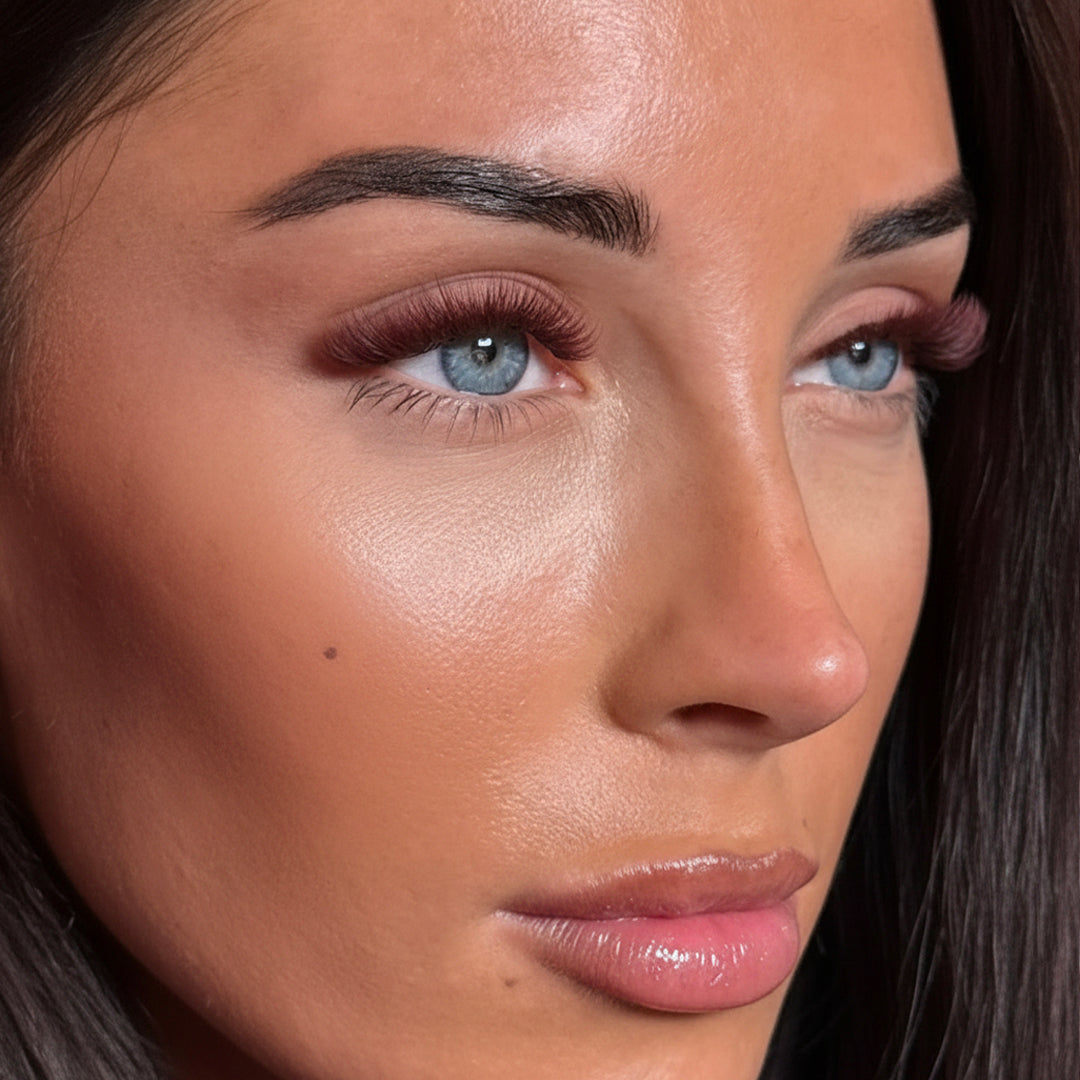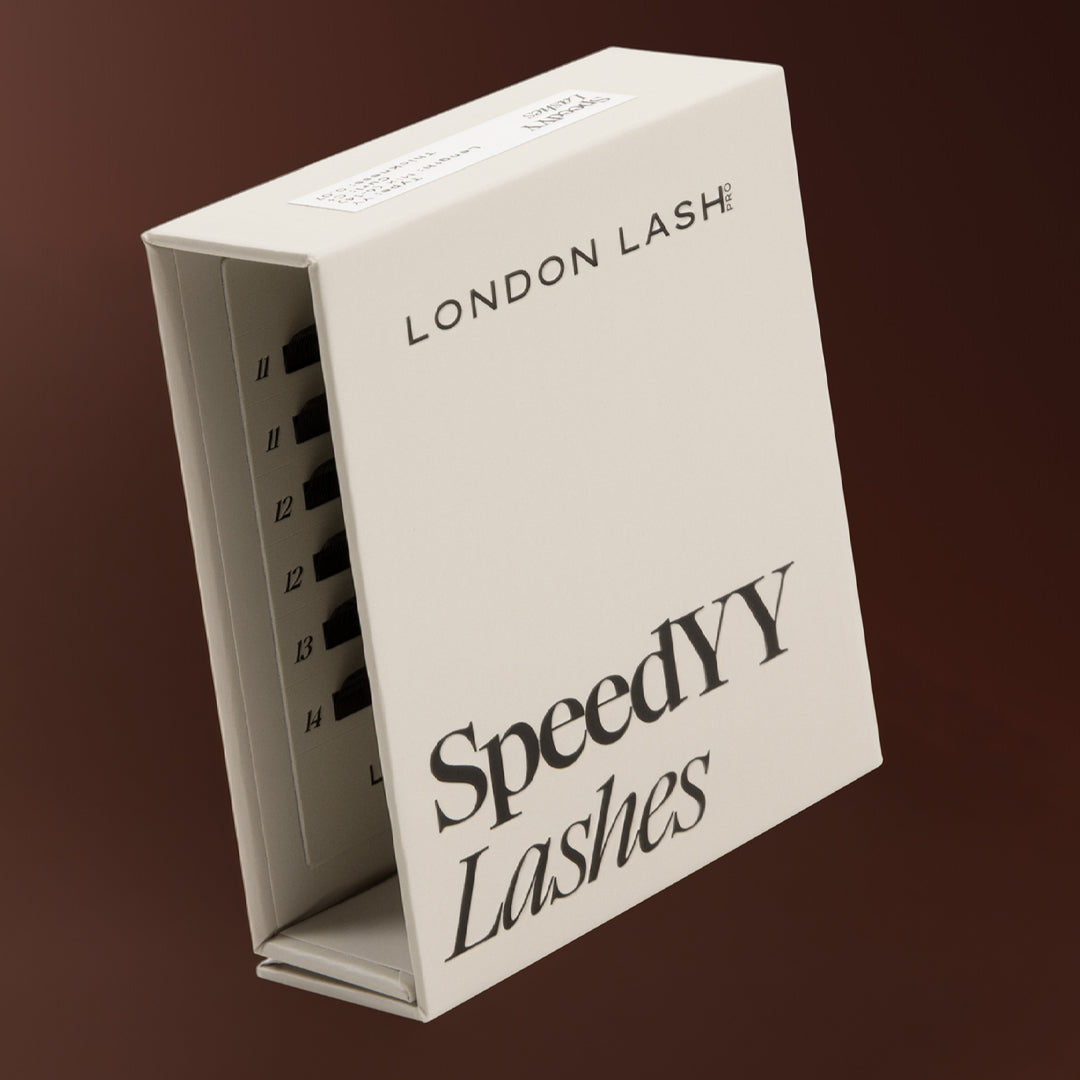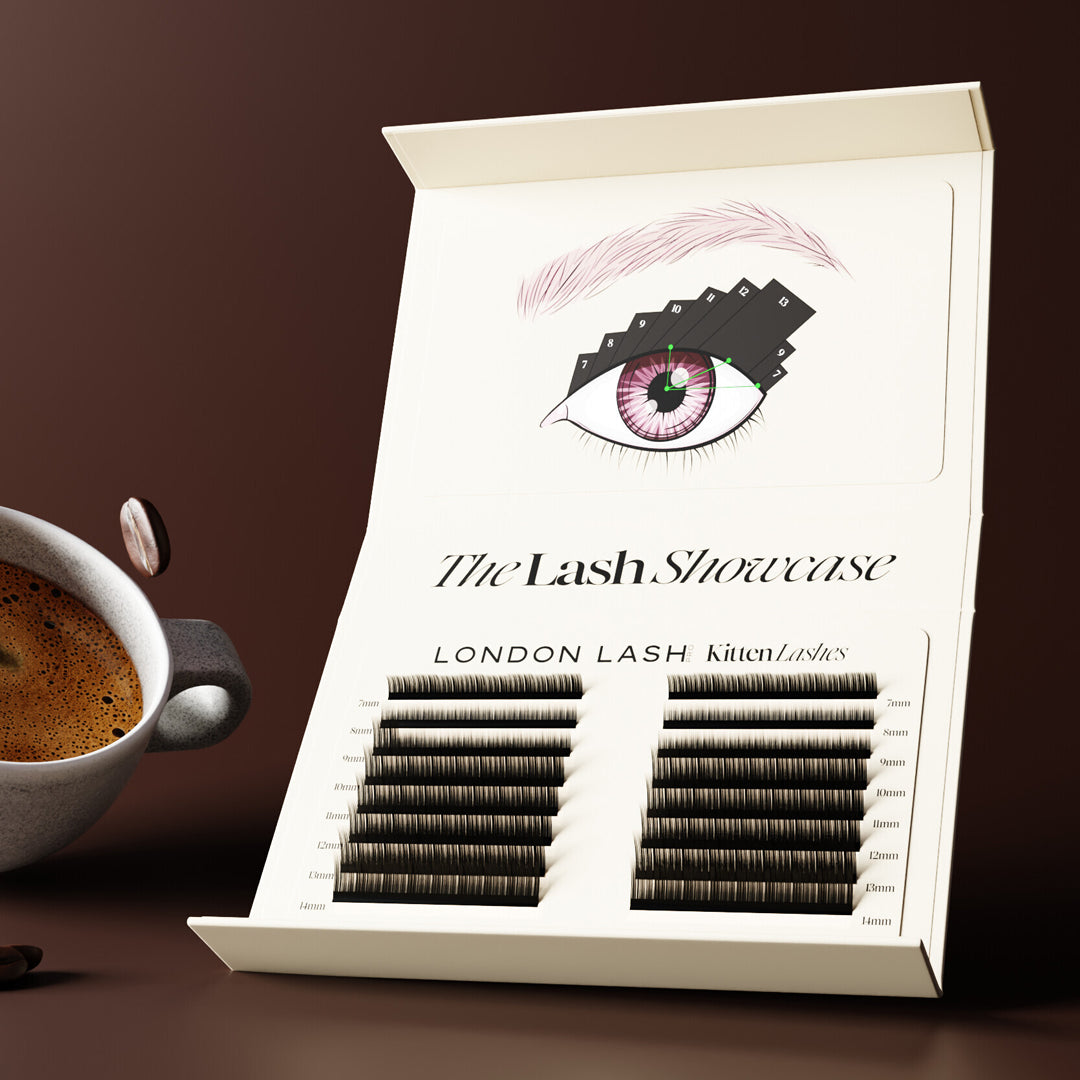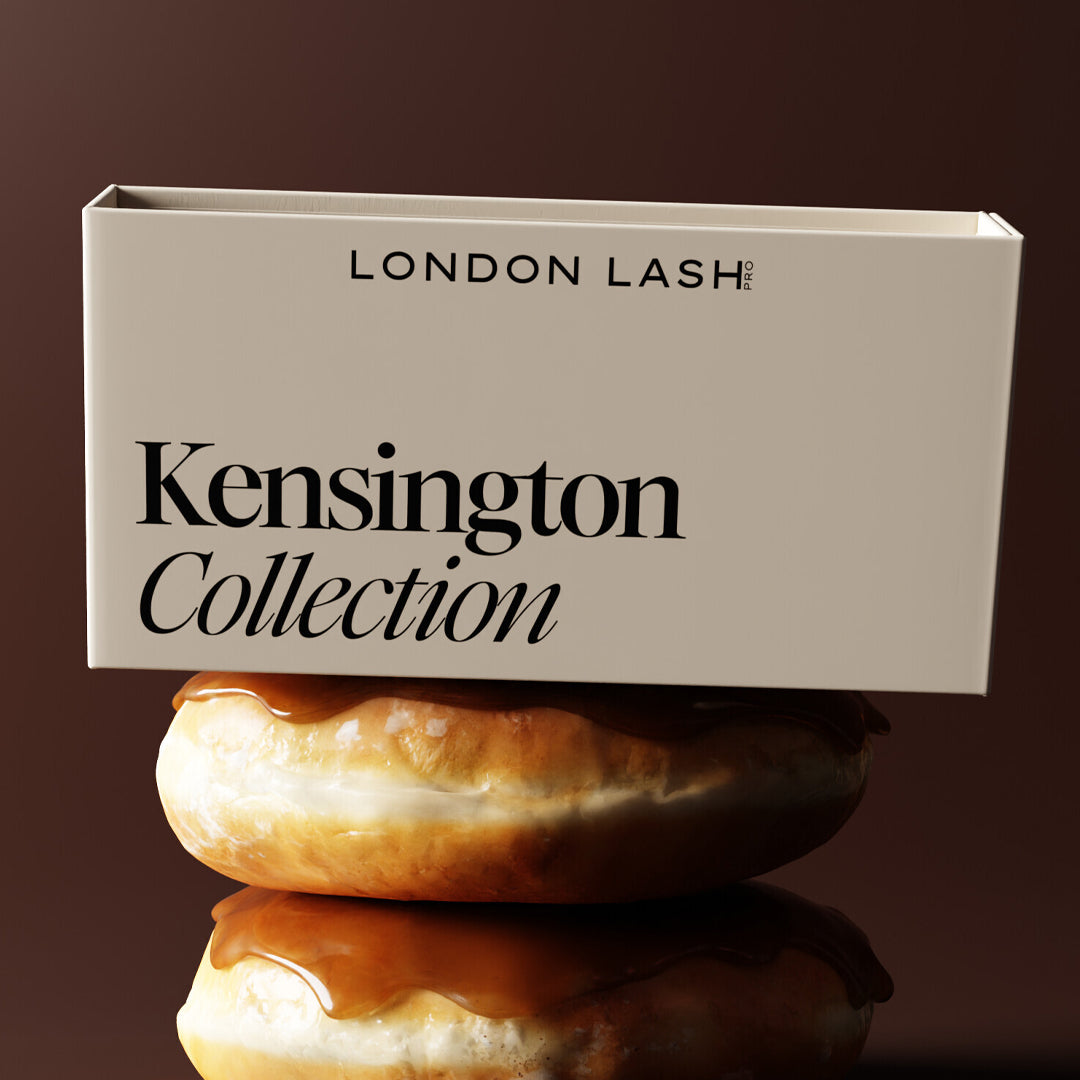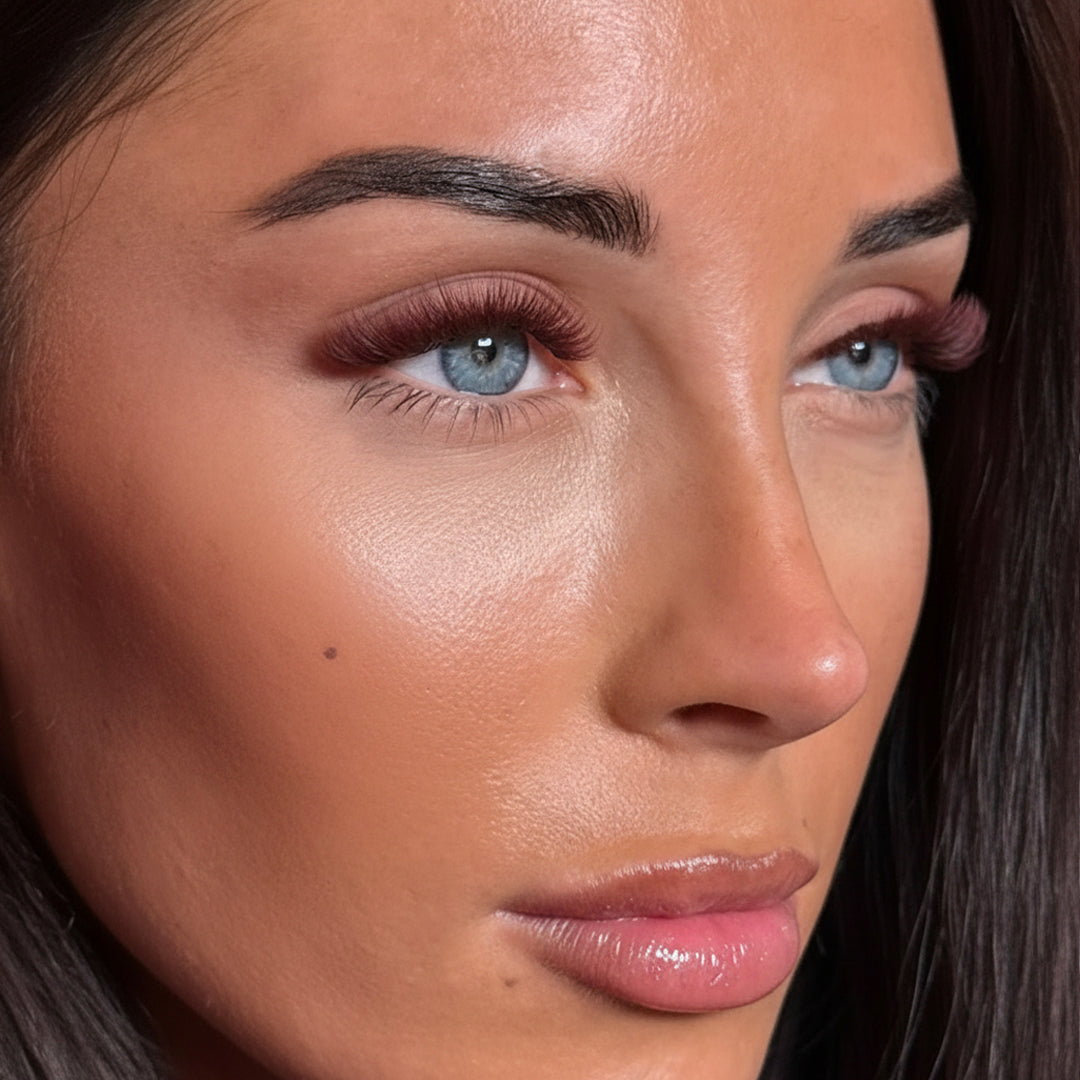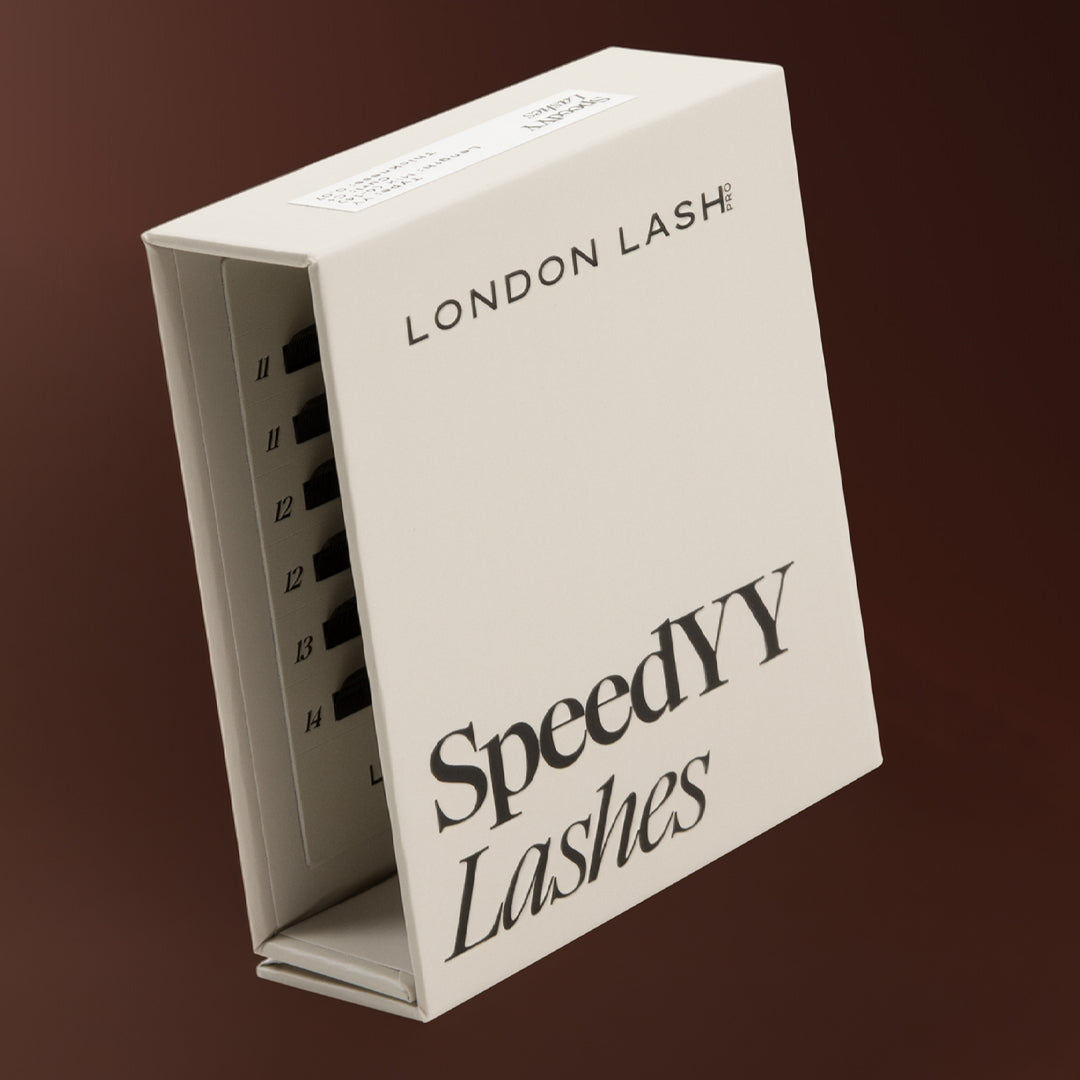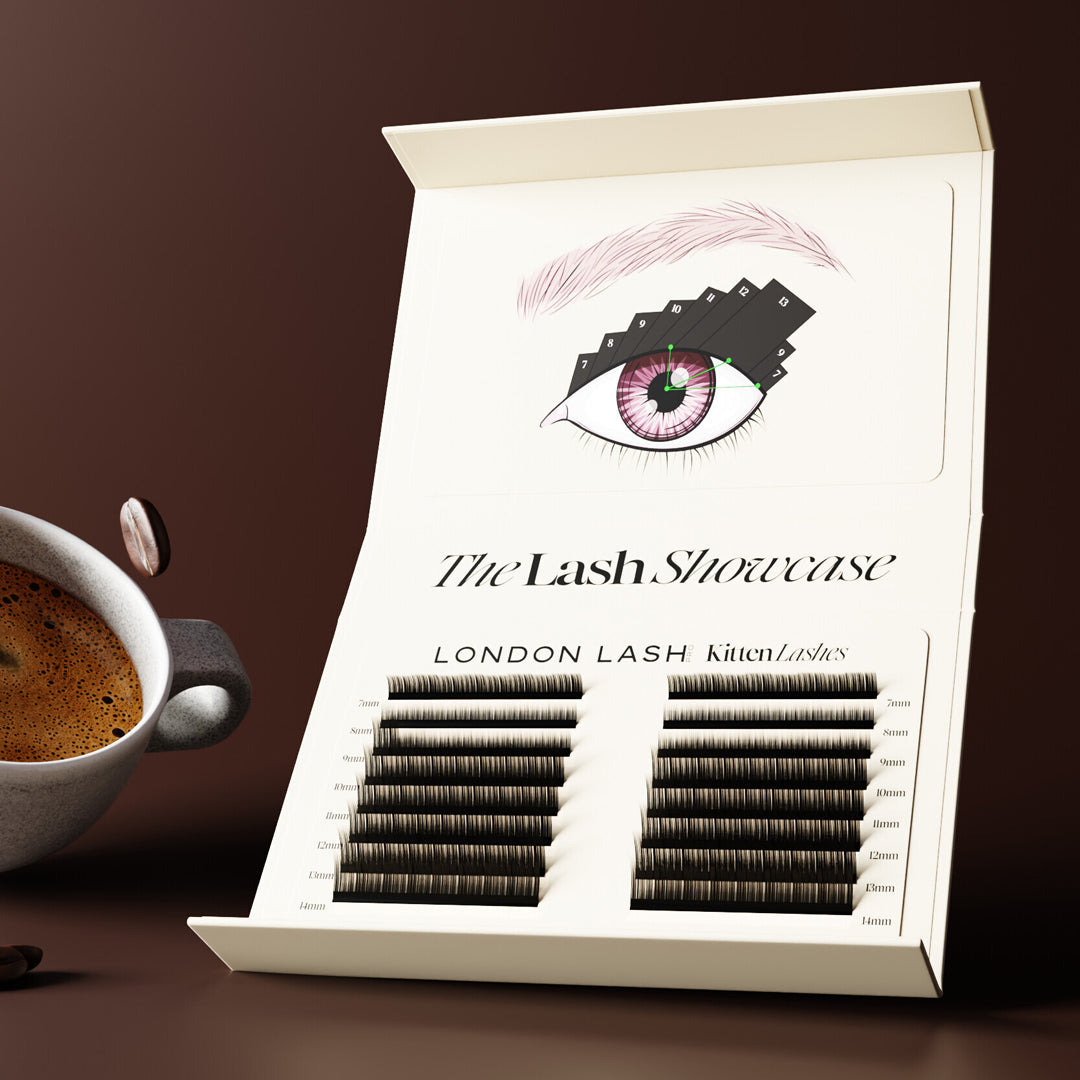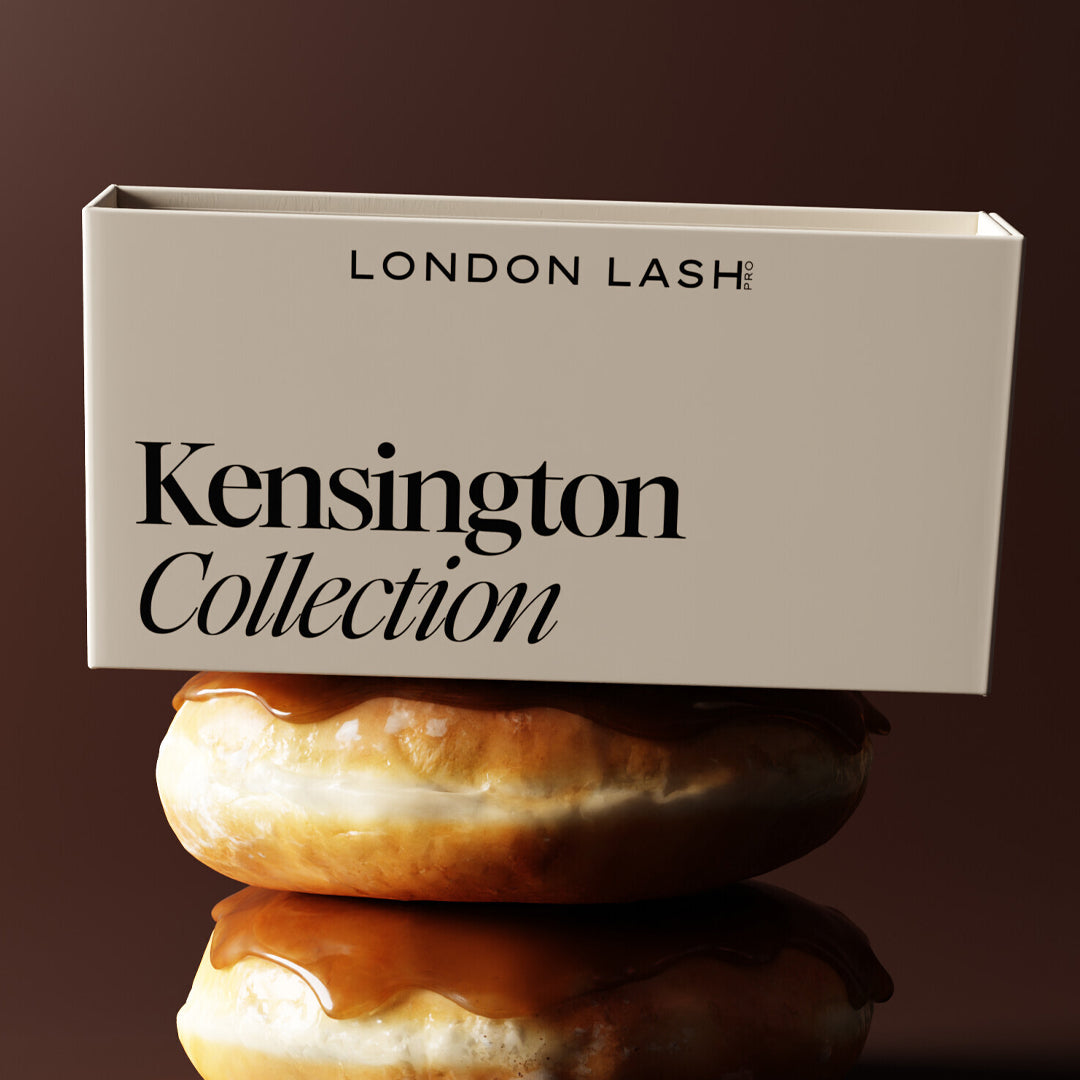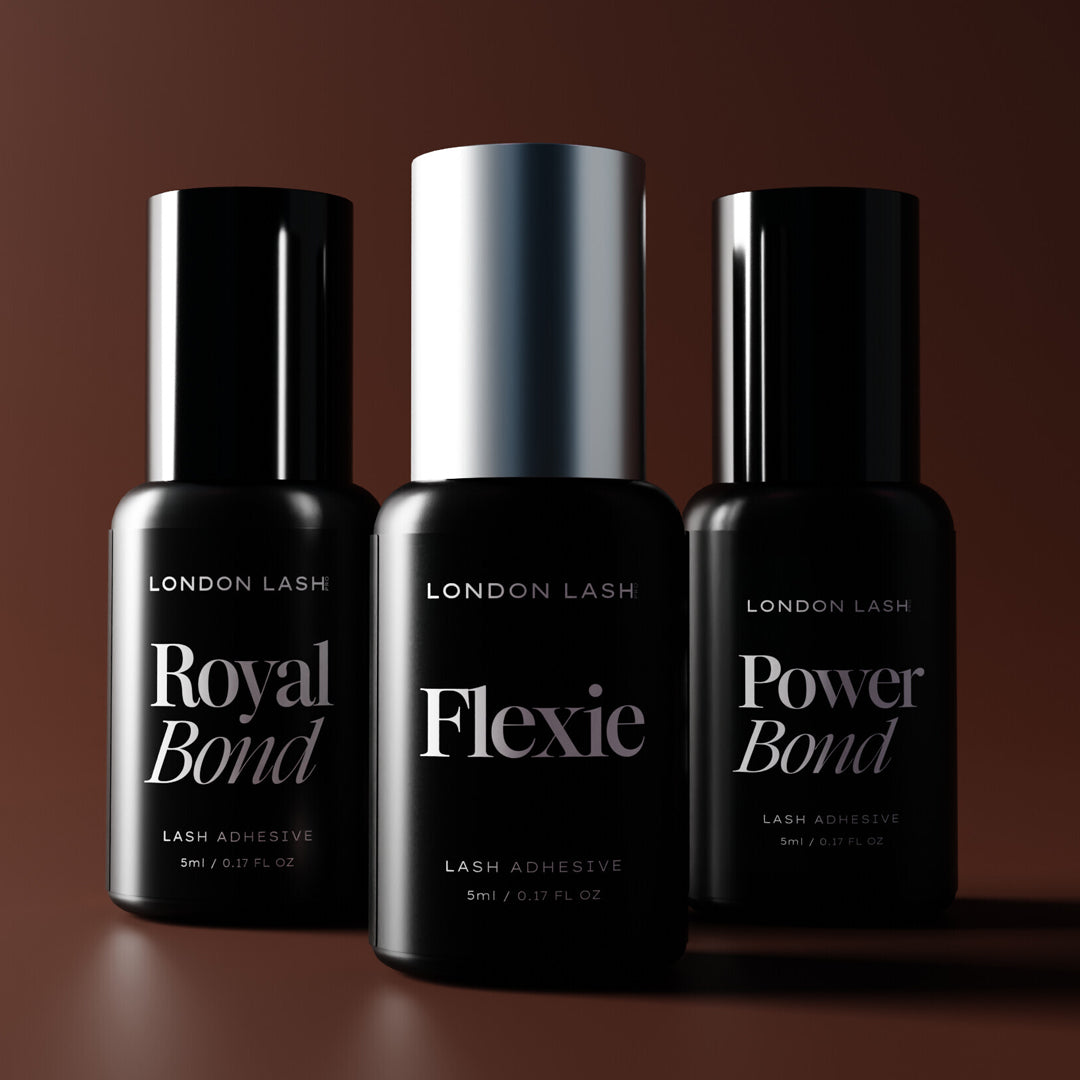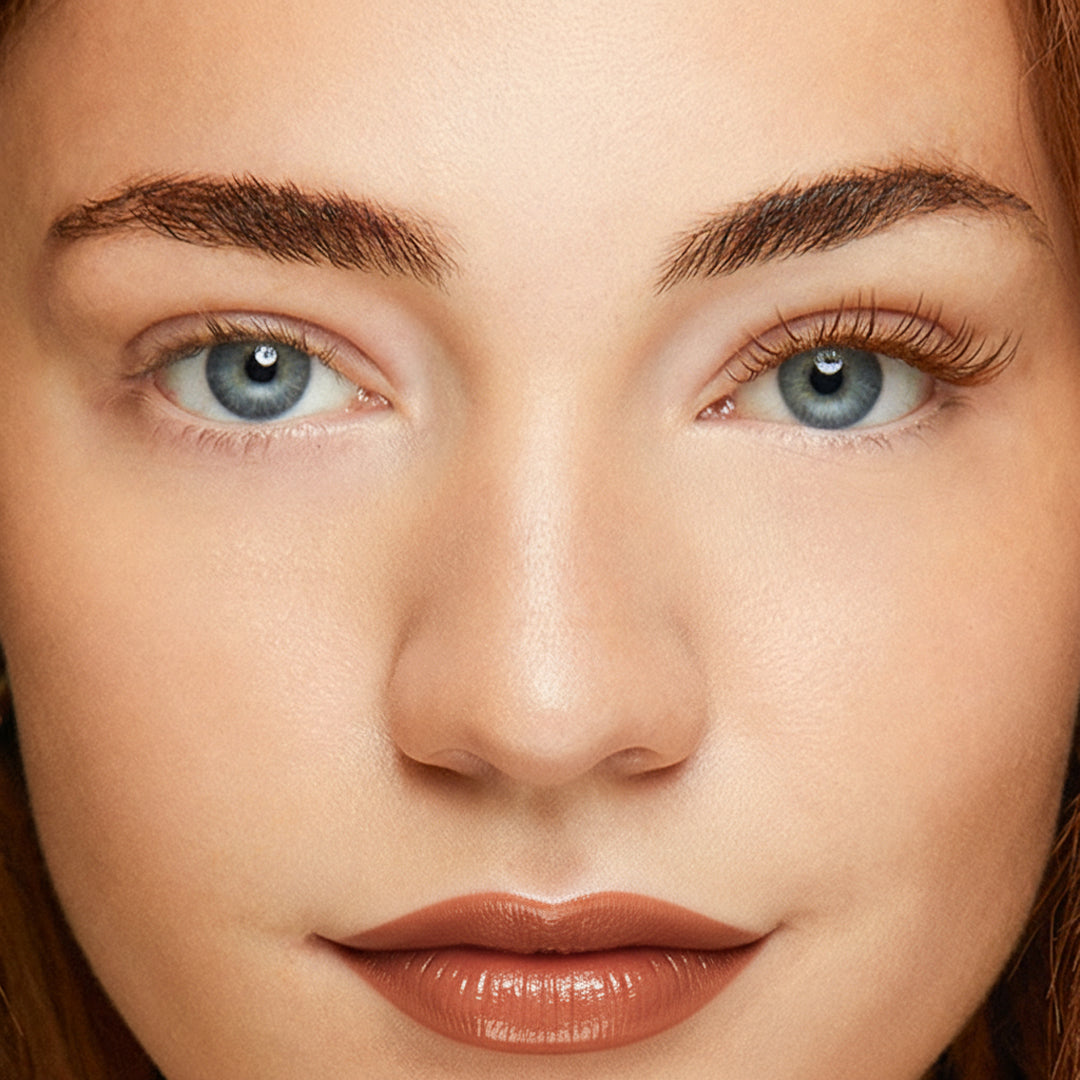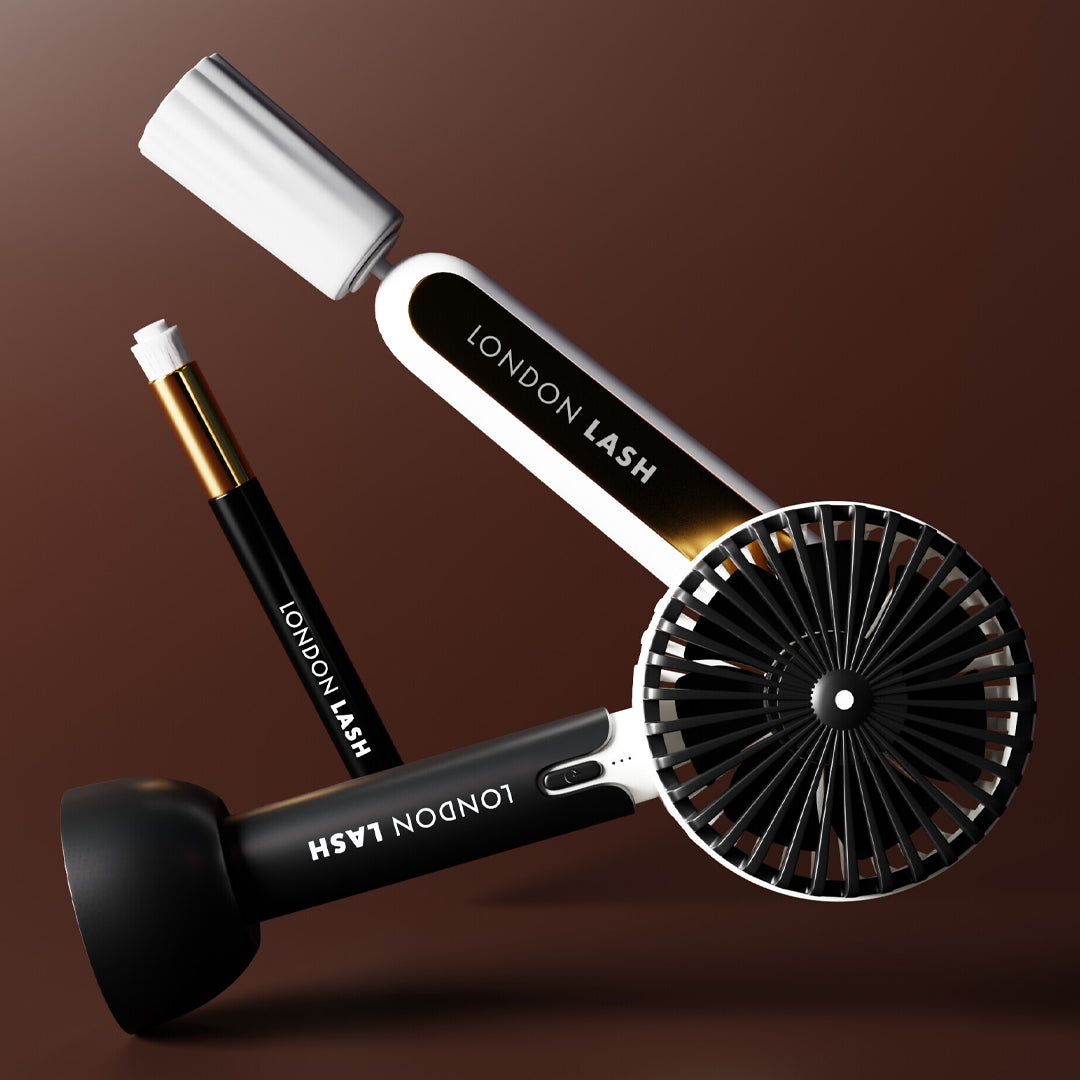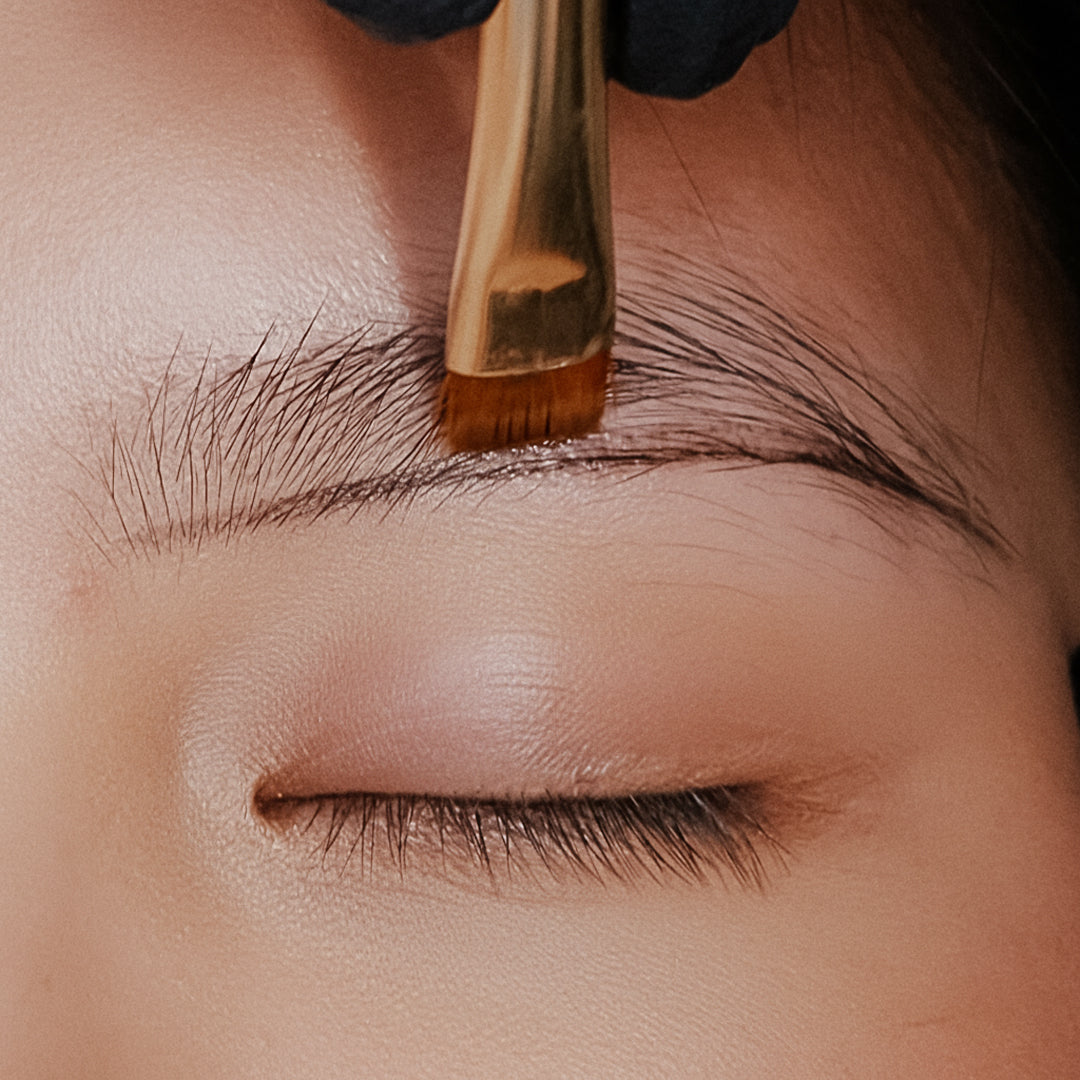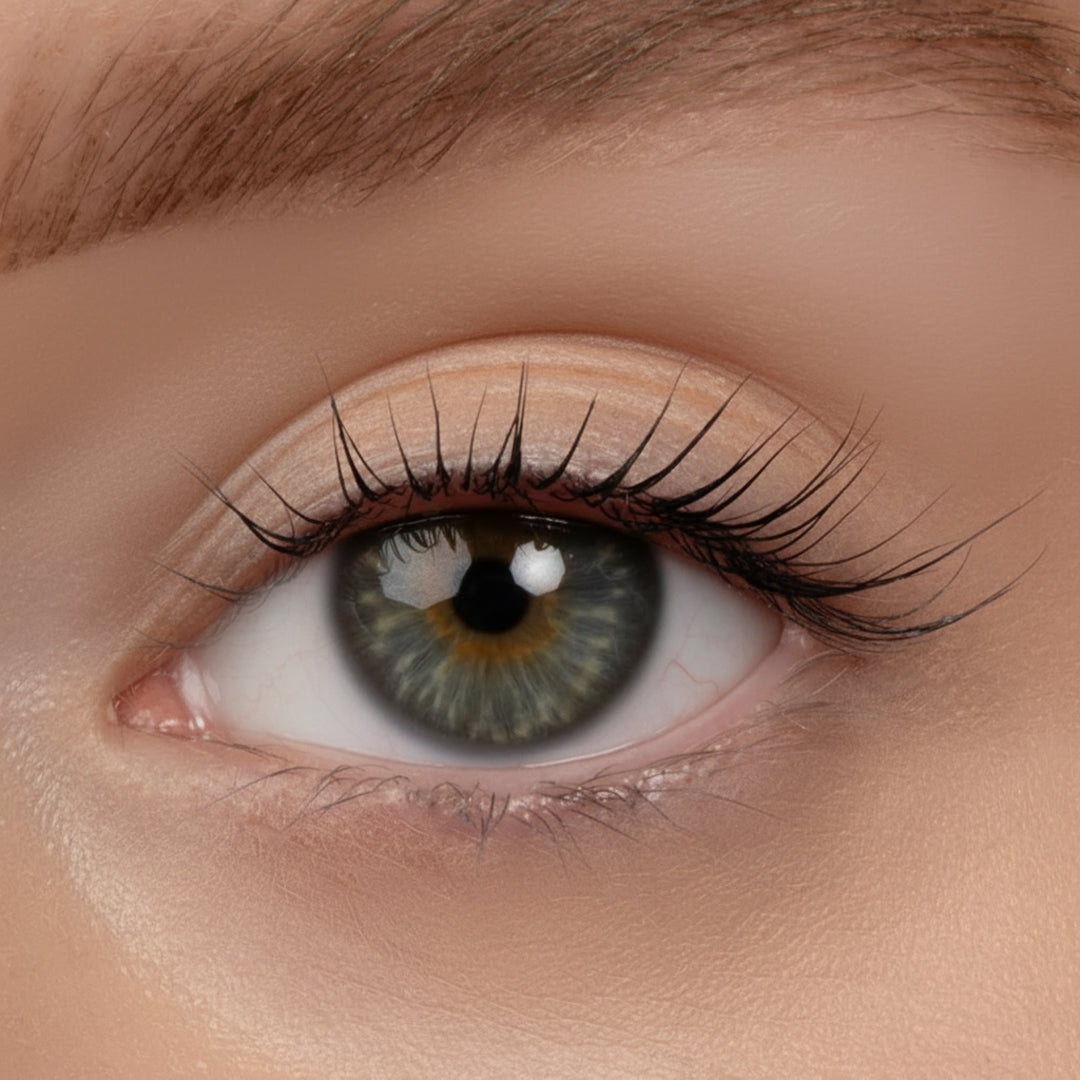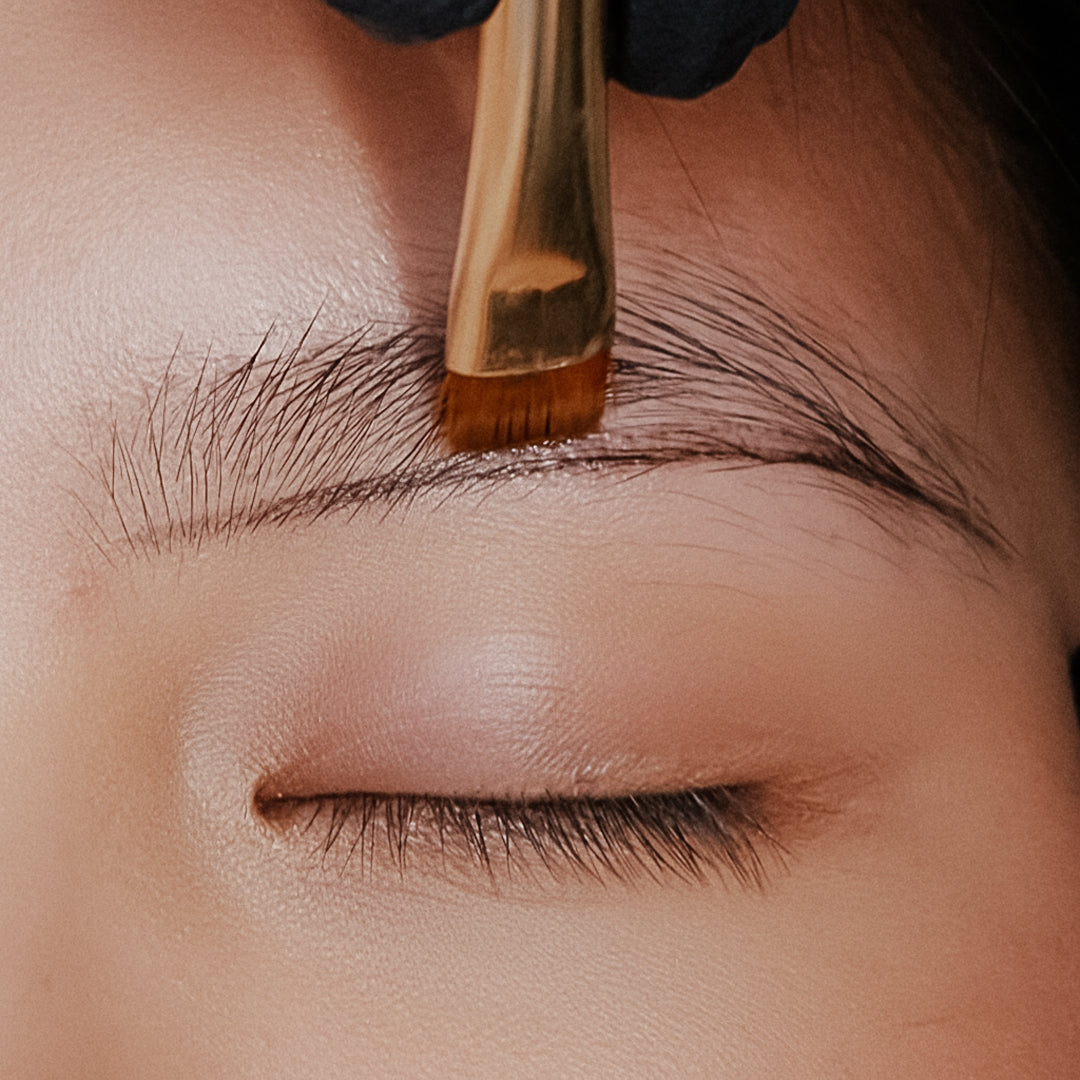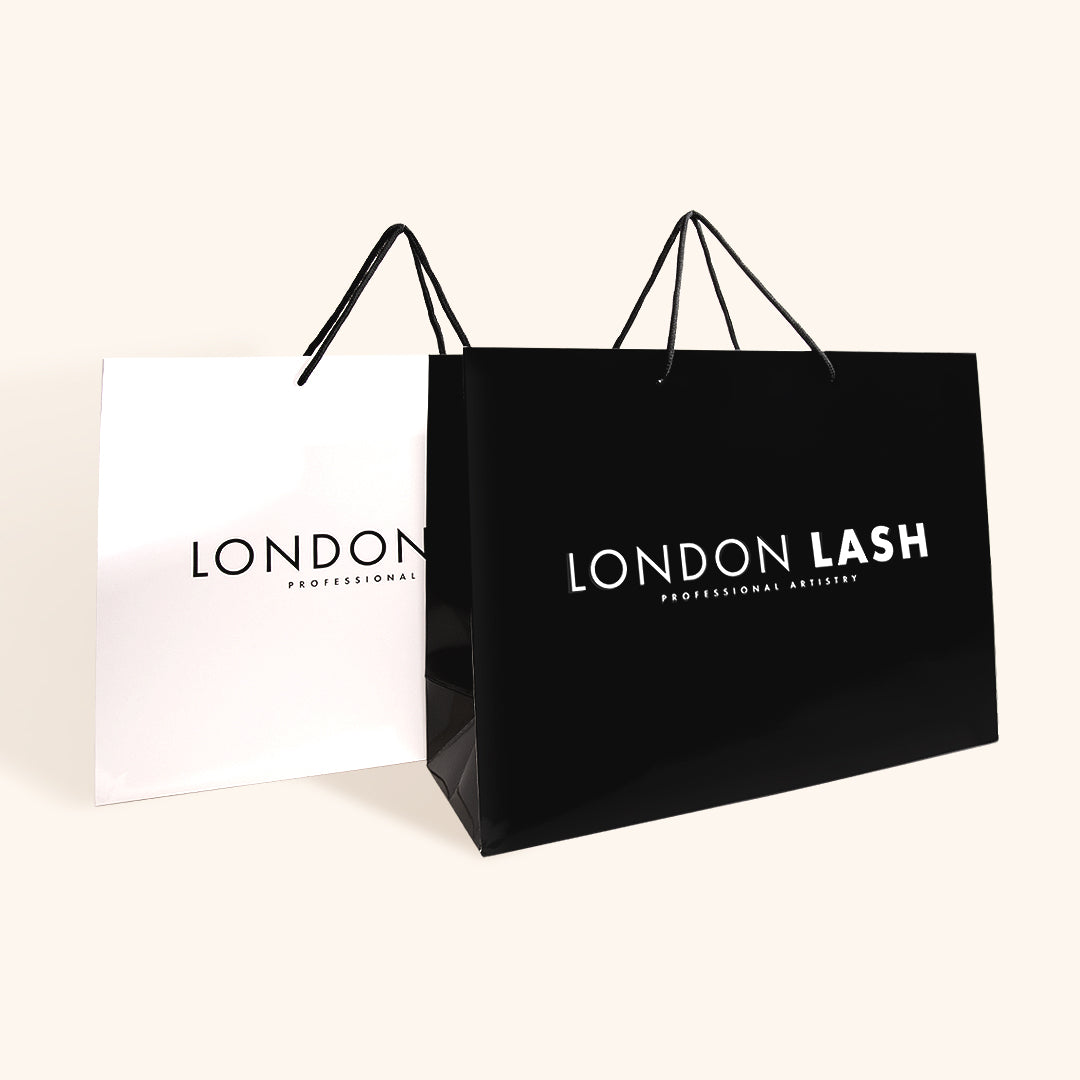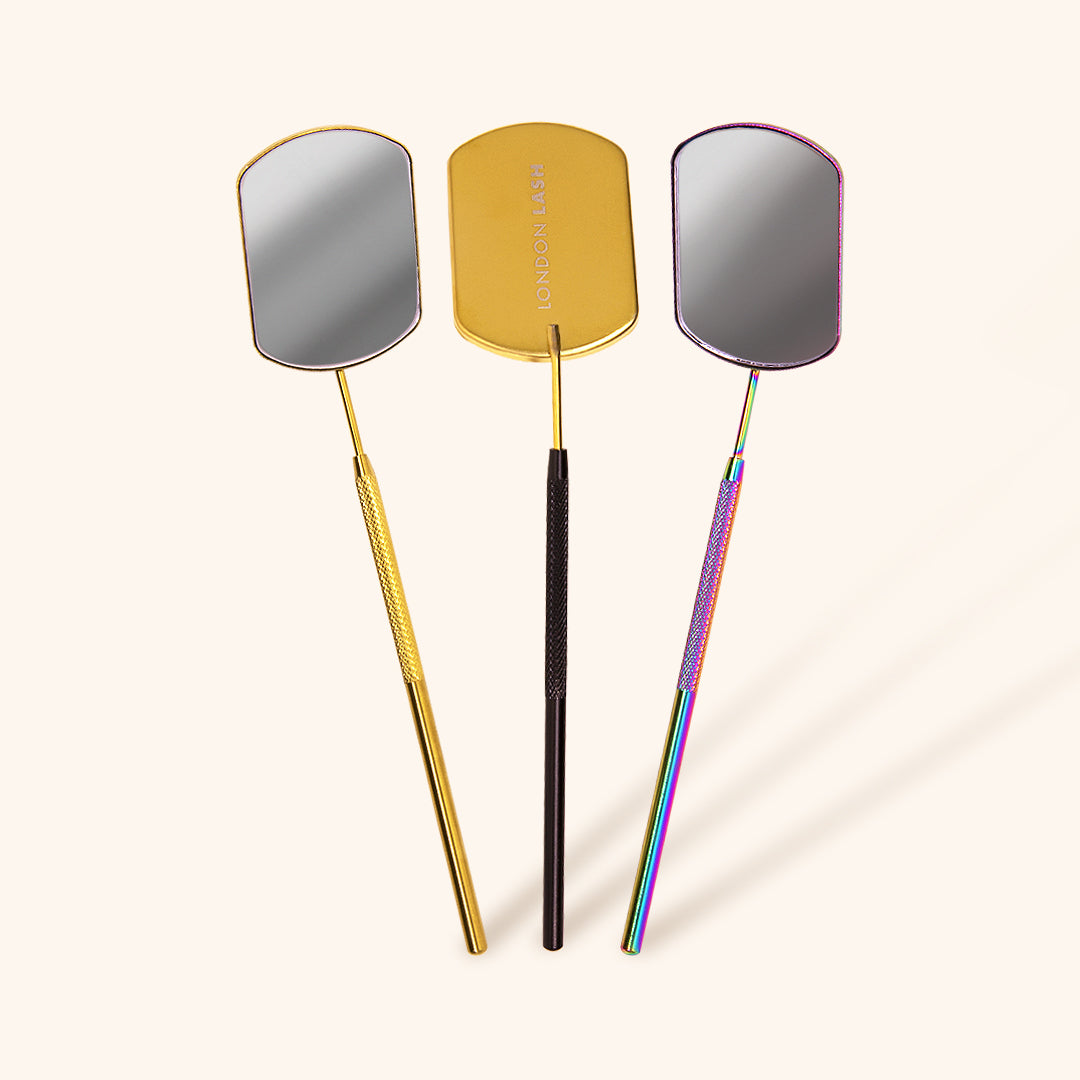Glues & Liquids
Eyelash Extensions
ACCESSORIES
So Henna
EYEBROWS
ONLINE TRAINING
Save up to 70% Off
Why You Should Map Eyelash Extensions
December 10, 2023 4 min read

Why Mapping Eyelash Extension Styles Is Important
There are some Lash Artists in the industry who are technically very skilled in their niche of lash extensions, whether that be with Classic or Volume lashes, therefore they may perform the same lash style daily. Advising Lash Techs who are extremely talented in their area of expertise to map lash styles may seem like a pointless idea, given their years of experience, but whether you are a beginner or someone who has performed thousands of eyelash extensions sets, mapping your lash map is always a good idea and we’re here to discuss why.

Consultation and Customisation
Deciding on a lash map is a valuable part of the client consultation process. It allows you to discuss and visualise the desired lash look with the client before starting the treatment, ensuring clear communication and understanding of expectations. Check out our Salon Lash Hack blog post on effective demonstrations of lash extension styles.
Every client has a unique eye shape, therefore mapping allows you to tailor the lash extension application to enhance and complement the client's natural features. By mapping the extensions, you can create a customised design that complements the client's eye shape, ensuring a more flattering and natural look.
Take a Cat Eye lash style for example; it may not suit each individual client, so if this is your go to eyelash style and you lash away client after client, you may be creating lashes for some clients that don’t suit them and make their eyes look sad, droopy or really far apart. Knowing which lash style suits which eye shape is important, for this reason we have written a comprehensive blog post with examples which you can familiarise yourself with.
Symmetry
Mapping helps maintain symmetry between the eyes. Achieving balance and proportion is essential for a pleasing overall appearance. Mapping allows you to identify any asymmetry in the client's natural lashes and adjust the extension placement accordingly. If you’re following a new intricate style, then an eyelash map is the best way for you to achieve a new look without any issues.
Take an example of using Coloured Lashes – for a symmetrical look you will want the lashes to be placed in the same way so there aren't noticeable discrepancies, therefore mapping exactly where your black lashes end and your coloured lashes begin is a good idea.

Efficiency
Mapping provides a clear guide for you to work to, making the application process more efficient. It helps you to work systematically and ensures that each lash receives the appropriate extension, reducing the likelihood of errors or inconsistencies. If you’re constantly referring to the previous eye without a lash map, or you’re having to try to remember what you did on the other eye, your process of lashing will take longer than it needs to.
Skill Development
For beginners, lash mapping is an excellent practice for developing precision and attention to detail. It helps train the eye to identify different lash lengths, thicknesses, and angles, contributing to the overall improvement of your skills. That being said, it shouldn’t be a technique that is swiftly abandoned once you feel comfortable with lash map basics. Mapping will continuously help, especially when learning new techniques, lash styles or working with different eye shapes.
Mapping also helps you to remember which layer requires which lash, if you’re using Lash Spikes, Easy Fanning Lashes, Coloured Lashes etc. depending on the lash style, having a clear guide of which type of lash goes where on both eyes is the best practise to achieve symmetry and uniformity.

How To Map
Lash mapping demonstrates professionalism and expertise. Clients appreciate when their Lash Artist takes the time to assess and plan the application, instilling confidence in their abilities and creating a positive overall experience.
To map eyelash extensions effectively, a Lash Technician should start with a thorough consultation to understand the client's preferences and eye shape. Using a Mapping Pen, mark key points on the Eyepatch to create a map guiding the placement of different lengths and curls.

Consider the client's eye shape, opting for longer or shorter extensions in specific areas to enhance natural features – regardless of the lash mapping style you’re going for, the inner and outer corner lashes should always have shorter lengths on them to protect them.
Use a mix of curls, thicknesses, spikes or colour to add dimension if the style requires it – remember that if a client’s lashes grow straight in one part of the lash line and downward in another, changing to a stronger curl will give them additional lift and will keep their set looking professional.
Tailor the mapping to the client's desired style and lifestyle (if they wear glasses for example, you may need to alter the lengths and curls that you choose - read more about lashing clients with glasses here). Regularly assess symmetry during the application process by checking the lashes from underneath with a Lash Mirror. For the basics of lash maps take a look at this thorough blog post which will guide you through some of the lash world’s most popular eyelash styles.

In summary, lash mapping is a fundamental step for Technicians of all levels who want to achieve optimal results in terms of aesthetics, safety, and efficiency. It's a skill that, when mastered, contributes to the overall success and satisfaction of both the Lash Artist and their clients.
Check out these featured products
Subscribe
Sign up to get the latest on sales, new releases and more …


